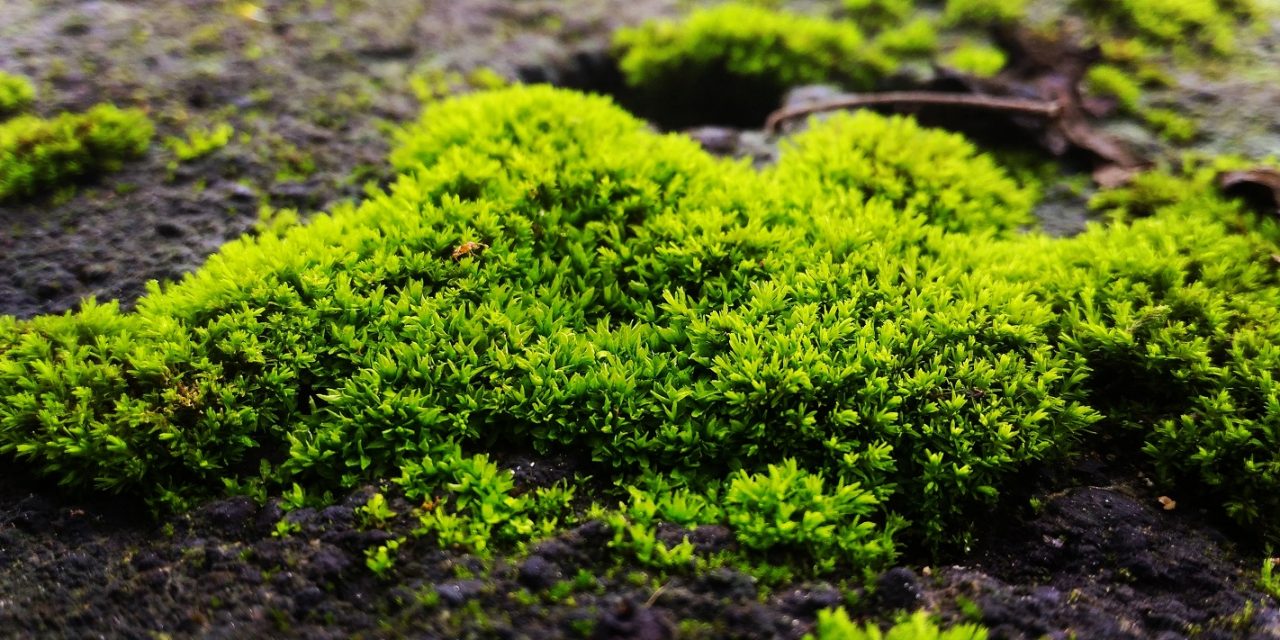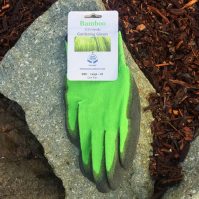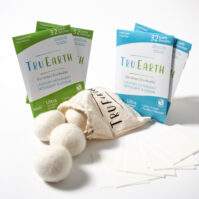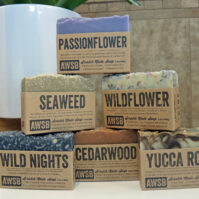In the Pacific Northwest, the annual moss battle — a never-ending battle with no discernible winner — is underway and chemical moss killer is the weapon of choice.
I’m not going to weigh in on whether people should remove lawn moss or let it be. That’s your call. However, I would like to share a tip to save all ye valiant moss-battlers some time and money, and reduce chemical runoff.
It goes like this:
Stop buying moss killer
Moss doesn’t run very fast or put up much of a fight. Whether it’s dead or alive, it peels up easily and is absolutely no match for a $35 power rake. And even after scorching it with chemicals, moss still needs to be physically removed. It’s called moss killer, not moss remover for a reason.
Applying moss killer is like taking the time to sneeze on your kids’ LEGOS before picking them up off the floor. It doesn’t make the task any easier, it just adds an unnecessary and toxic element. And would anyone in their right mind put those booger-crusted LEGOS back in with the others? Heck no! So why would anyone put chemically-scorched moss into personal or industrial compost?
Based on a conversation I had with Ladd Smith, co-owner of In Harmony Sustainable Landscapes with 40+ years of organic gardening experience, moss only becomes a problem when it’s treated chemically.
“These products turn the moss black and injure it by dehydrating it, but if it’s not removed it will come back,” Smith said. “Iron also acidifies the soil, so if the injured moss isn’t removed it will return with a vengeance.”
In the Pacific Northwest, a region with acidic soil that favors moss, the trick to growing grass is reducing soil acidity with a yearly application of lime to maintain a pH balance between 6 and 7. Moss killers can actually create conditions that are better for moss and worse for grass. Go figure.
For more natural lawn care tips, check out the conversation with Ladd Smith linked above.
As far as I’m concerned, the same goes for roofs. Sure, a chemical moss killer will make it easier to remove, but someone still needs to climb up there to physically remove the moss and the chemical runoff isn’t something to ignore.

Toxicity
Big name moss killers like Scotts MossEx and Lilly Miller’s MossOut cost about $15 for 20 lb bag. The active ingredient is ferrous sulfate monohydrate also known as iron sulfate. When handled properly, it really isn’t the most damaging substance on Earth. However, iron sulfate is hazardous if swallowed and can cause skin and eye irritation.
Ecologically, iron sulfate doesn’t pose a huge threat unless it enters the water stream, where it’s a considerable threat to fish (as if salmon need another thing to worry about). Here’s the disclaimer from Scott’s:
Help keep our water clean. Do not apply near water, storm drains, or drainage ditches. Do not apply if heavy rain is expected. Apply this product only to your lawn, and sweep any product that lands on the driveway, sidewalk, or street back onto your lawn. Brush particles from cement, stone, clothing, or shoes to prevent staining.
Scotts also says: “If the bag is partly filled, call your local solid waste agency for disposal instructions.”
Why would a product be good enough for our lawns, but not good enough for a landfill?
Again, my major gripe isn’t with the toxicity of iron sulfate; it’s that this is an entirely unnecessary product with considerable risks to humans and the environment. Even in the best case scenario the benefit is almost nonexistent.
Get eco-friendly gardening products in the Emeraldology Shop!
Who’s behind the curtain?
If we zoom out a little bit, there’s a bigger issue at play. Scotts, along with Miracle-Gro and a host of other home and garden products, are owned by Monsanto. There are a million and two reasons not to love Monsanto. Cancer-causing glyphosate comes to mind, and so does a recent court ruling in which a unanimous jury found Monsanto Co. and BASF “conspired in actions that created what Bader’s attorney called an “ecological disaster” designed to increase profits at the expense of farmers such as Bader.”
The jury awarded farmer Bill Bader $15 million in compensatory damages and ordered Bayer AG (Monsanto’s owner) and BASF to pay $250 million in punitive damages. More important, it brought to light the following evidence:
“… internal corporate communications introduced at trial by Randles showed that the companies secretly predicted there would be thousands of complaints about dicamba damage and even planned how to avoid liability.“
The Bader case proves that Monsato et al. are willing to bottle up and profit off of total junk without a second thought about consumer or environmental well-being. How am I supposed to believe that isn’t the case with Scotts MossEx?
Furthermore, how can I give a single penny to this company with a clean conscious?















